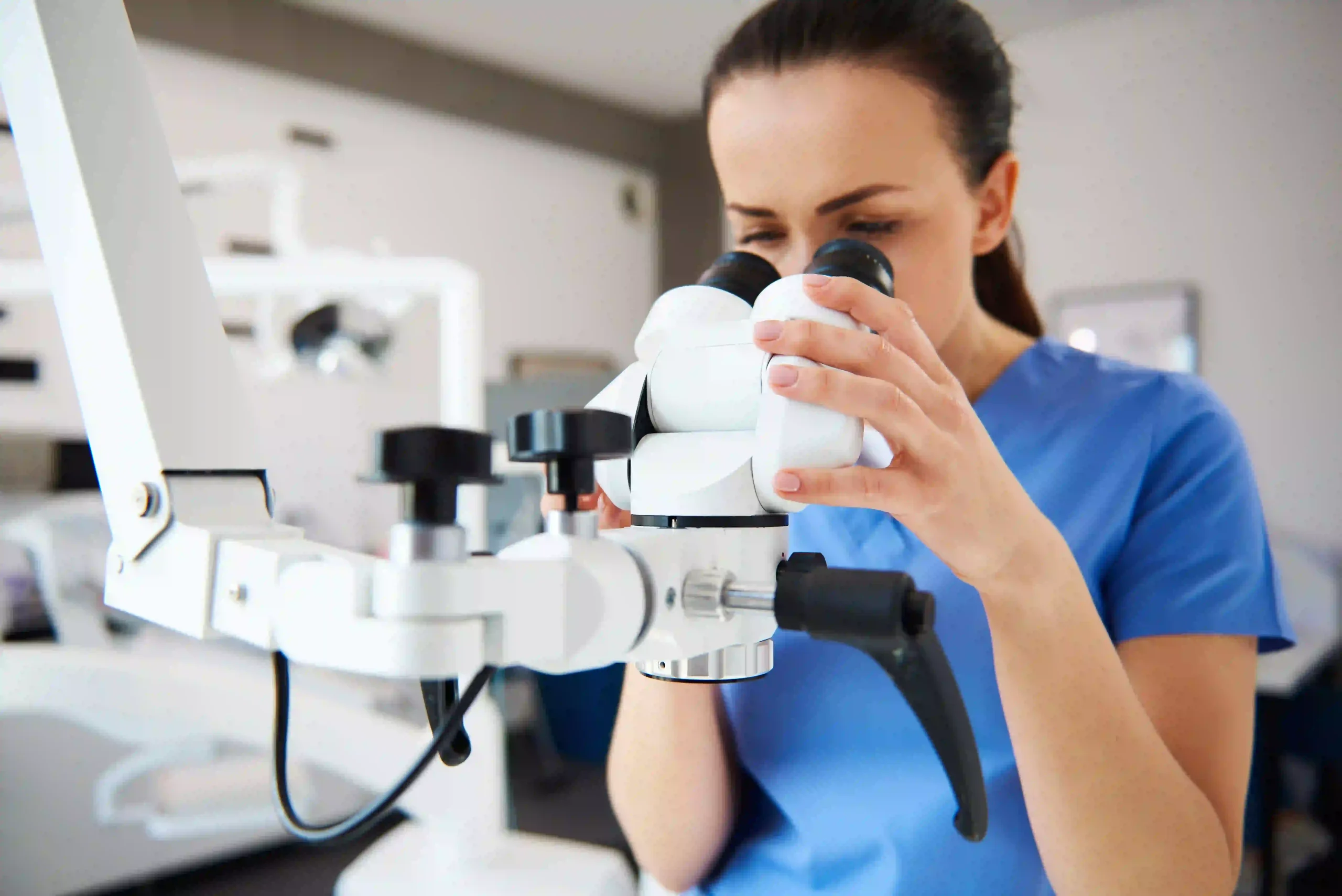The digital revolution has permeated every corner of our lives, and dentistry is no exception. Just as smartphones have transformed communication and artificial intelligence (AI) has started to change industries from finance to healthcare, advanced technology is setting new standards in dentistry. From digital impressions to the use of AI for diagnosis, let’s explore how these technological advancements are reshaping the way dental professionals operate and offer care to patients.
1. The Rise of Digital Impressions
Say Goodbye to Gagging: Traditional methods of taking dental impressions often involved using putty-like materials, which many patients found uncomfortable. There was always the dreaded potential of gagging. Enter digital impressions. These modern devices scan the mouth with laser technology, producing precise digital 3D images.
Benefits:
- Enhanced accuracy: Reduced room for human error, ensuring accurate molds.
- Faster results: Instantaneous imaging, cutting down on appointment times.
- Improved patient comfort: Non-invasive procedure ensures a more pleasant experience.
Real-World Application: Systems like CEREC have allowed dentists to design, fabricate, and place a ceramic restoration in just a single appointment.
2. Teledentistry: Remote Care in Real-time
Virtual Consultations: With teledentistry, patients can consult with their dentists via video conferencing. This has proven especially beneficial during global situations like the COVID-19 pandemic.
Benefits:
- Accessibility: Makes dental care available for patients in remote areas.
- Flexibility: Allows for consultations outside of traditional hours.
- Early intervention: Immediate consultations can be crucial for emergency situations.
Real-World Application: Platforms like SmileDirectClub have harnessed teledentistry to provide orthodontic consultations and aligner treatments without regular in-person visits.
3. Artificial Intelligence (AI) and Predictive Analysis
Beyond Human Capability: AI algorithms, trained on vast datasets, can detect patterns and anomalies that might be missed by the human eye. This is especially beneficial in diagnostic procedures and treatment planning.
Benefits:
- Improved diagnostics: AI can analyze X-rays and other images to detect early signs of dental diseases.
- Personalized treatments: Algorithms can recommend treatments based on a patient’s unique dental history and current conditions.
- Efficient operations: AI can handle administrative tasks like scheduling, allowing dental staff to focus more on patient care.
Real-World Application: Pearl, offers solutions that automatically detect pathologies in dental X-rays, improving the speed and accuracy of diagnosis.
4. 3D Printing and Prosthetics
Custom Solutions in Hours: 3D printing has revolutionized the creation of dental implants, crowns, bridges, dentures, and even orthodontic devices. What once took weeks to be made in an off-site lab can now be crafted in-house in a matter of hours.
Benefits:
- Quick turnaround: Reduces the wait time for patients.
- Precision: Creates accurate dental prosthetics tailored to individual needs.
- Cost-effective: Reduces reliance on external labs, often translating to savings for patients.
Real-World Application: Companies like Formlabs offer dental-specific 3D printers that produce high-quality dental prosthetics efficiently.
5. Augmented Reality (AR) in Dental Training
Bridging the Gap Between Theory and Practice: AR overlays virtual information on the real world. For dental students, this means they can practice procedures in a simulated environment before working on actual patients.
Benefits:
- Enhanced learning: Provides a hands-on approach to dental education.
- Risk reduction: Students can make mistakes in a virtual environment, ensuring safer real-world practices.
- Up-to-date training: AR modules can be updated with the latest techniques and findings.
Real-World Application: Institutions like the University of Maryland’s School of Dentistry have incorporated AR into their curriculum, enhancing the practical training students receive.
Conclusion
Modern dentistry is on the brink of a technological renaissance. These innovations are not just bells and whistles; they’re making tangible differences in patient outcomes, comfort, and accessibility. As the dental community continues to embrace these technologies, patients and professionals alike stand to benefit from more efficient, accurate, and streamlined care. In a realm where precision and expertise are paramount, technology is proving to be the perfect ally.


0 Comments